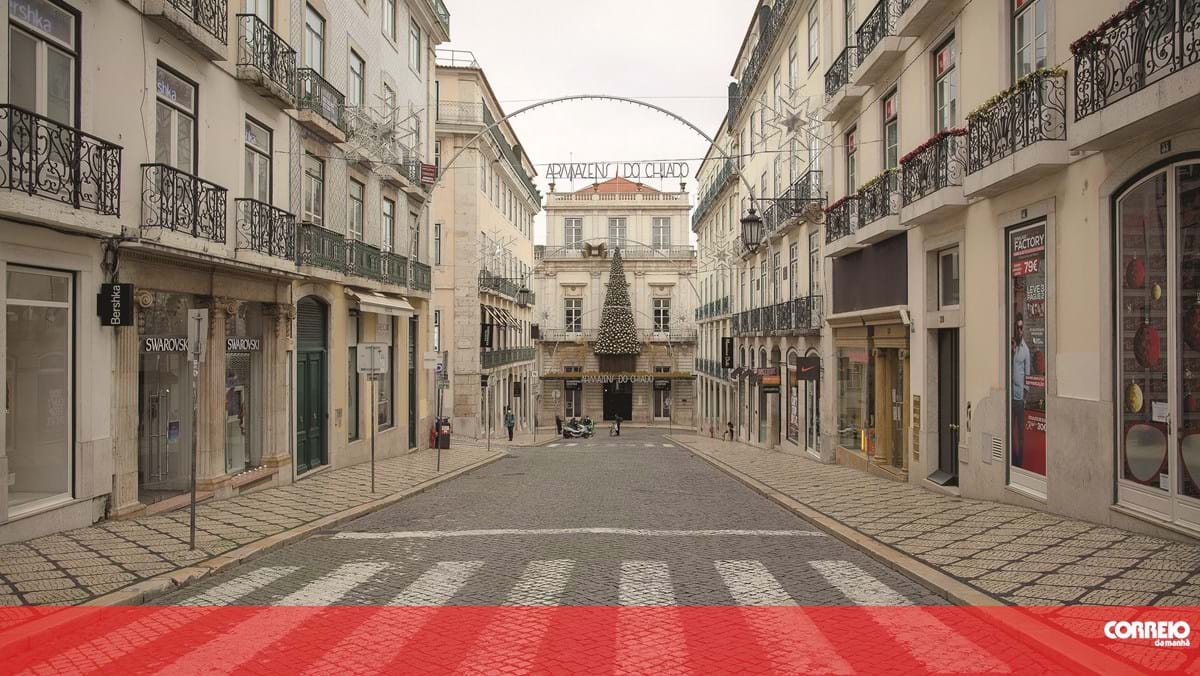Marcelo Rebelo de Sousa has already advanced with the request for renewal of the state of emergency, which will take effect between 00:00 on November 24 and 23:59 on December 8. In view of the current state of emergency, the President assumes that the scope is broader, failing to classify it as “limited”.
The proposal for a Presidential Decree, which will be voted on in Parliament on Friday morning, opens the possibility for the Government to set different levels for risky municipalities with different restriction measures, also admitting the compulsory confinement of people with the SARS- virus. CoV-2, or under active surveillance, as well as determining the closure of stores or companies.
Thus, the head of state expressly states that “in the municipalities with the highest levels of risk, necessary restrictions may be imposed to reduce the risk of contagion and implement measures to prevent and combat the epidemic, and the measures to be adopted must be calibrated according to the degree of risk of each municipality, and, for this purpose, they can be grouped according to data and evaluation competent authorities, including a ban on driving on public roads during certain periods of the day or certain days of the week “.
In a hardening in the face of the current state of emergency, the possibility of “to the extent strictly necessary and proportionately, the compulsive confinement in a health establishment, at home or, where this is not possible, in another place defined by the competent authorities, of persons carrying the SARS-CoV-2 virus, or under active surveillance “.
The document also admits that “competent public authorities” may determine the “total or partial closure of establishments, services, companies or means of production and changes to the respective regime or opening hours are imposed “, covering the measures adopted by the Government in the current state of emergency.
In view of the decree of the present state of emergency, there are still some differences, allowing “the possibility of terminating the employment ties of workers in the services and establishments integrated in the SNS” to be limited, that is, the Government may halt the departure of professionals assigned to the NHS.
There is also a mention of the protection of personal data, making it explicit that “there may be a place for the processing of personal data to the extent strictly necessary for the implementation of the planned measures (…) without, in this case, being able to keep a memory or record of the body temperature measurements made or the results of the diagnostic tests of SARS-CoV-2 “.
In the introduction to the document, Marcelo Rebelo de Sousa stresses that “the experts indicate that the effect of the measures taken on the evolution of the pandemic is felt, in the number of infected, about two to six weeks after being taken, and in the number of deaths, about a month later “.
Thus, the head of state argues that “it is essential to renew the state of emergency, so that certain restrictive measures can also be renewed, but more adapted to the experience of reality and more differentiated according to the situation and heterogeneity in each municipality, with the expectation that may soon have positive effects “. And he leaves the indication that the risky municipalities should be divided into three levels, as said by deputy d ‘Os Verdes, José Luís Ferreira, and was admitted by the Minister of Health. “For this differentiation, the criteria allowing the grouping of risk levels, defined by the European Center for Disease Control “, writes Marcelo.
Taking into account the current list of high risk municipalities, which includes 191 municipalities, the levels advanced by José Luís Ferreira would place 98 municipalities at the lowest level (between 240 to 480 cases per 100 thousand inhabitants in the last 14 days), 62 at the municipal level. intermediate (from 480 to 960 cases) and 28 at the highest level (more than 960 cases), while the municipalities of Alcochete, Cadaval and Montijo, which have a lower incidence than 240 cases, were placed on the list of 191 municipalities because they are located together to municipalities where this threshold is exceeded. See the map of the municipalities in each step.
– .


